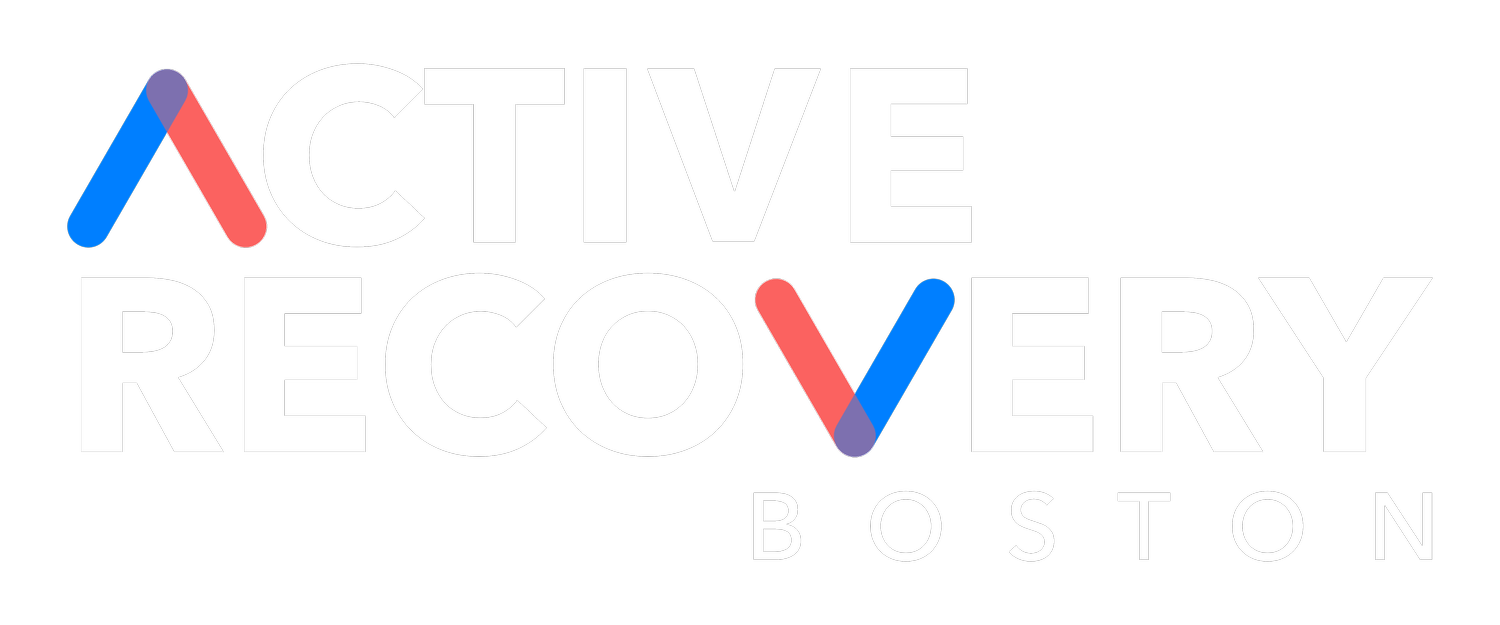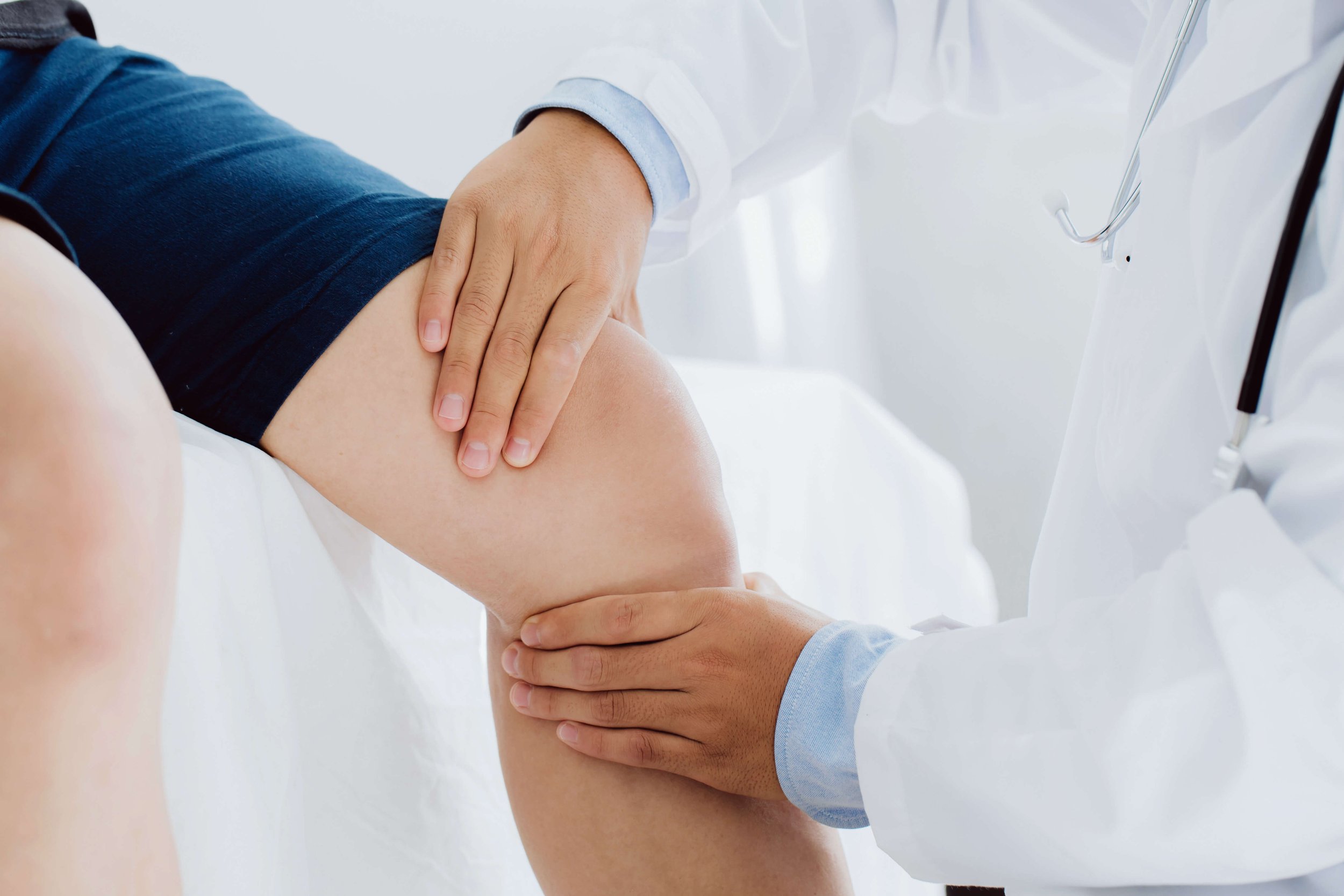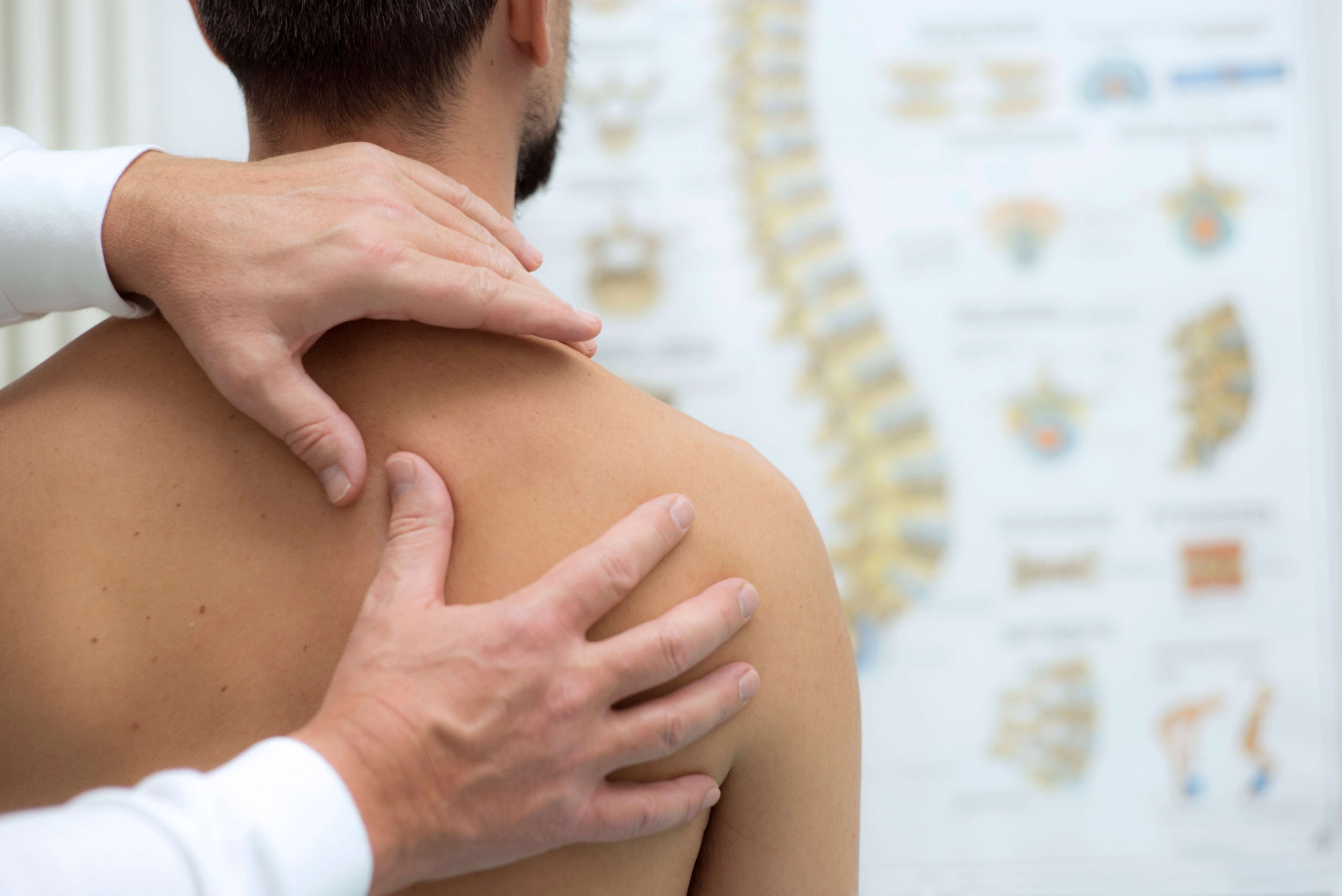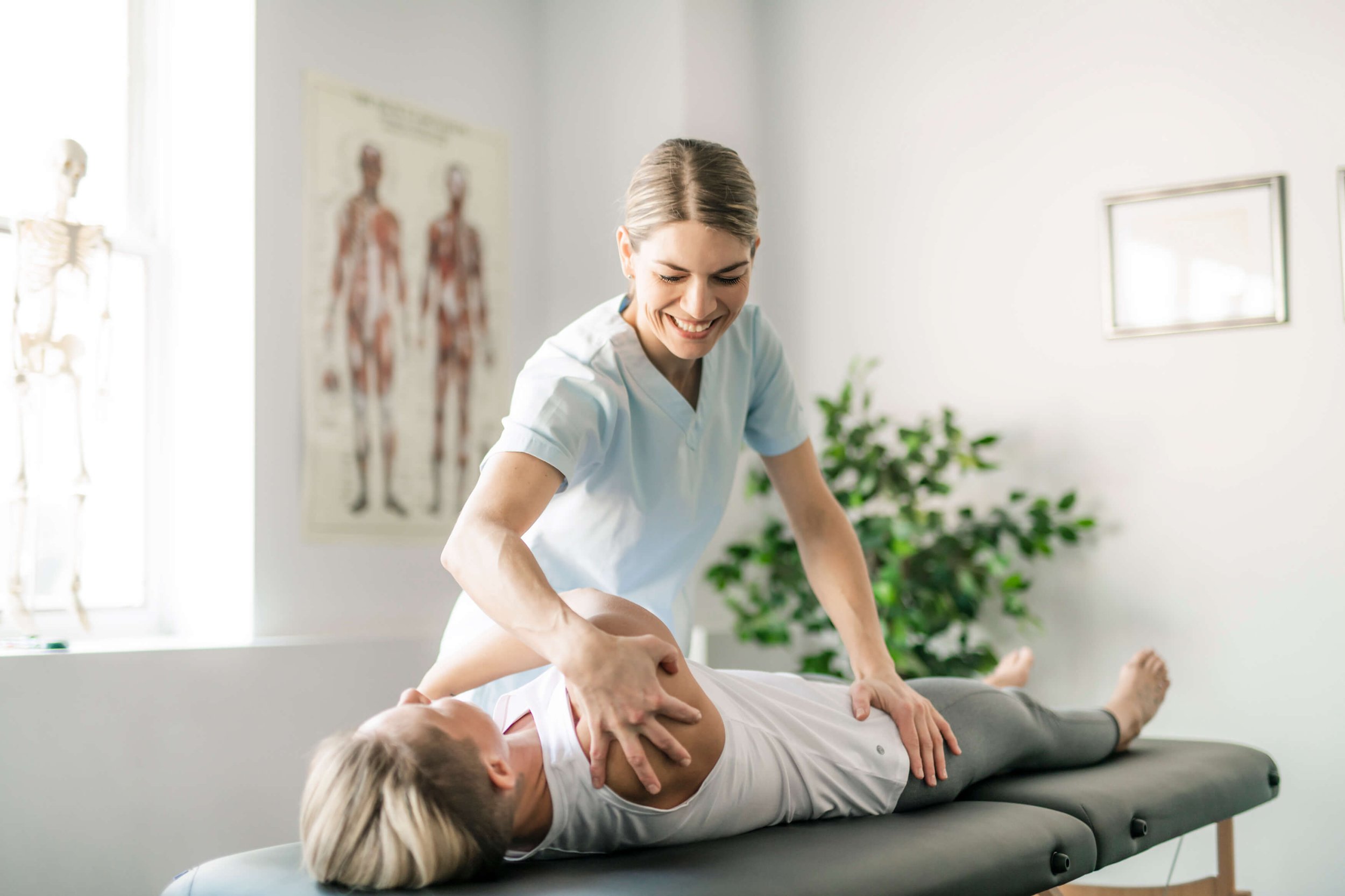Joint Manipulation & Mobilization Chiropractor
Chiropractic Adjustment in Franklin
Are you suffering from back pain, neck pain, or headaches?
If so, you’re not alone. Millions of people worldwide experience pain in their musculoskeletal system each year due to joint restrictions.
Chiropractic adjustment and mobilization can help reduce pain and improve the joint’s range of motion.
What is a Joint Mobilization?
Chiropractic adjustment or mobilization aims to restore normal motion to restricted joints. Scientific evidence suggests that joints become restricted due to meniscoid entrapment. Meniscoids, the cartilage that lines joints, can get caught between two joint surfaces and prevent proper joint gliding.
Problems of Meniscoid Entrapments
When a joint is overloaded, meniscoid entrapments happen. Poor posture, weak muscles, scar tissue, injury or trauma, and nerve entrapments cause overload. Once a meniscoid becomes entrapped, several problems arise, such as:
1. Restricted joint motion
2. Increased joint motion above and below the restricted joint
3. Pain and inflammation
4. Muscle spasm or weakness
5. Compensation
6. Joint and disc degeneration (arthritis, disc herniation)
A joint adjustment usually involves a quick and gentle corrective force across the affected joint to separate the joint surfaces. Joint mobilization achieves similar results, but a slow oscillating movement is used instead of a quick force. Both aim to move the joint to release the meniscoid entrapment.
Joint motion must be addressed to permanently correct contributing scar tissue, weakness, instability, and other factors.
Benefits of Joint Mobilizations
Pain Relief
Joint mobilizations can help alleviate pain and discomfort in individuals with joint restrictions or musculoskeletal issues.
Non-Invasive Approach
Chiropractic joint mobilizations offer a non-invasive alternative to surgical procedures or interventions.
Quick Recovery
Joint mobilizations can lead to faster recovery times, which interests people seeking to return to regular activities as soon as possible.
Improved Range of Motion
By addressing joint restrictions and restoring proper movement, joint mobilizations can increase the range of motion.
Enhanced Functionality
When joints are correctly aligned, it can improve the body’s functional capacity. This is particularly important for athletes or individuals seeking an active lifestyle.
Preventive Care
Regular therapy for joint mobilizations can also serve as a preventive measure. Maintaining proper joint alignment and movement reduces the risk of future injuries.
What are Joint Mobilization Techniques?
Joint mobilization techniques are a manual therapy type that applies a gentle force to a joint to improve movement range and reduce pain. The therapist will use his hands to move the joint through its full range of motion, applying pressure in a specific direction to restore its normal function. There are different types of joint mobilization techniques; some include:
Graded oscillatory mobilization: involves applying a gentle, oscillating force to the joint. The oscillation amplitude gradually increases as the joint becomes more mobile.
Glide mobilization: involves applying a force that moves the joint in a gliding motion. This can be done in any direction, depending on the treated joint.
Thrust mobilization: A high-velocity, low-amplitude force is applied to the joint. This more forceful technique treats more severe joint restrictions.
Sustained joint mobilizations: involves applying a steady force to the joint for a period of time to reduce pain and improve flexibility.
Areas where Joint mobilization may be Applied
Neck: joint mobilization helps improve the neck's extent of movement and reduces pain from whiplash, neck, and headaches.
Shoulder: shoulder joint mobilizations improve the range of motion in the shoulder and reduce pain from rotator cuff injury, frozen shoulder, and bursitis.
Elbow: helps improve range of motion in the elbow and reduce pain from tennis elbow and golfer’s elbow.
Wrist: joint mobilization will help improve the movement range in the wrist and reduce pain for carpal tunnel syndrome and de Quervain’s tenosynovitis.
Hand: hand joint mobilization improves the range of motion and reduces pain from arthritis and tendinitis.
Hip: Joint mobilization helps improve the range of motion in the hip and reduces pain in conditions such as osteoarthritis, hip bursitis, and labral tears.
Knee: knee joint mobilizations can improve the range of motion and reduce pain in conditions such as osteoarthritis, patellofemoral pain syndrome, and meniscus tears.
Ankle: joint mobilization in this area improves the range of motion and reduces pain in conditions such as plantar fasciitis, ankle sprains, and Achilles tendinitis.
Who Should Perform Joint Manipulation & Mobilization?
A qualified and certified chiropractic professional should only perform these therapeutic exercises. Unproper practice can result in more severe injury, pain, and even dislocation. If you need an expert chiropractor, don’t hesitate to contact Active Recovery Boston. We put your health first.
Who is an Ideal Candidate for Joint Mobilization and Manipulation?
Joint manipulation and mobilization are ideal for candidates experiencing the following:
Musculoskeletal pain (such as back pain, neck pain, or joint discomfort)
Sports injury recovery
Limited joint range of motion (due to joint stiffness, muscle tension, or joint restrictions)
Osteoarthritis (especially in weight-bearing joints like the knees, hips, and spine)
Chronic pain conditions
Pregnancy-Related Discomfort
Our Satisfied Patients
““Dr. Abbie’s the best. She’s an excellent physical therapist and chiropractor, but she’s much more than that. She has a deep knowledge of functional medicine and takes a holistic approach to healing. I highly recommend her!””
““I’ve seen quite a few chiropractors and physios, and Dr. Zubiel is by far the best! Quick to diagnose the issue and then treat it effectively. I struggled with neck/back pain through contact sports and felt immediate relief after my first session. Helpful advice and guidance to support my recovery as well. Highly recommend.””
““I cannot express how much relief Dr. Kate Kelly, along with Dr. Tran, has given me for neck pain and loss of mobility. Their approach is completely different than any treatment I have received in the past. Within 5 appointments I’ve made major improvement and have so much relief. You guys are the best. The facility and staff are awesome, too!””
Schedule your Appointment with Active Recovery Boston!
Are you ready to relieve the pain and start a recovery journey? Schedule your therapy session below and experience the benefits of joint manipulation & mobilization.






